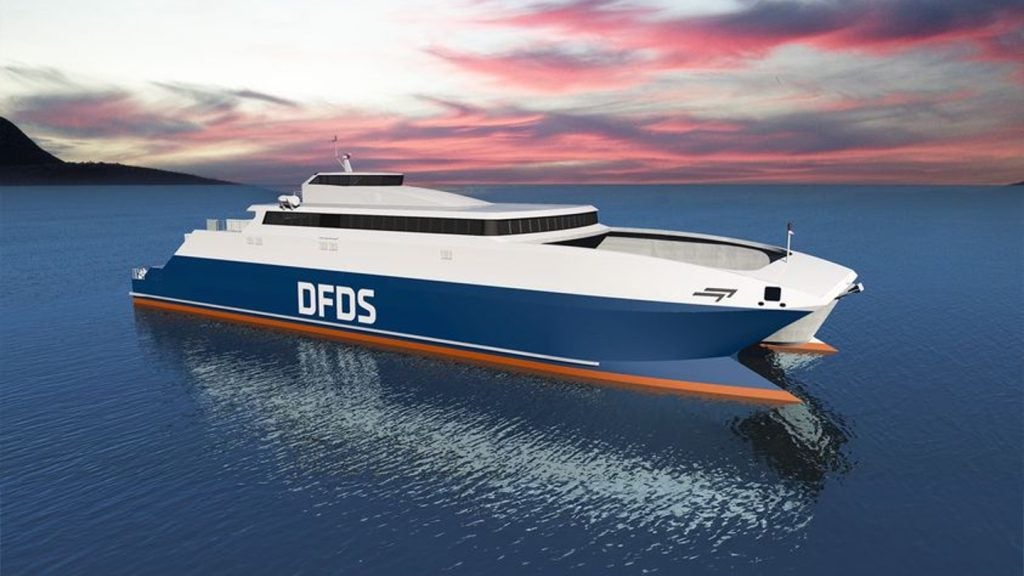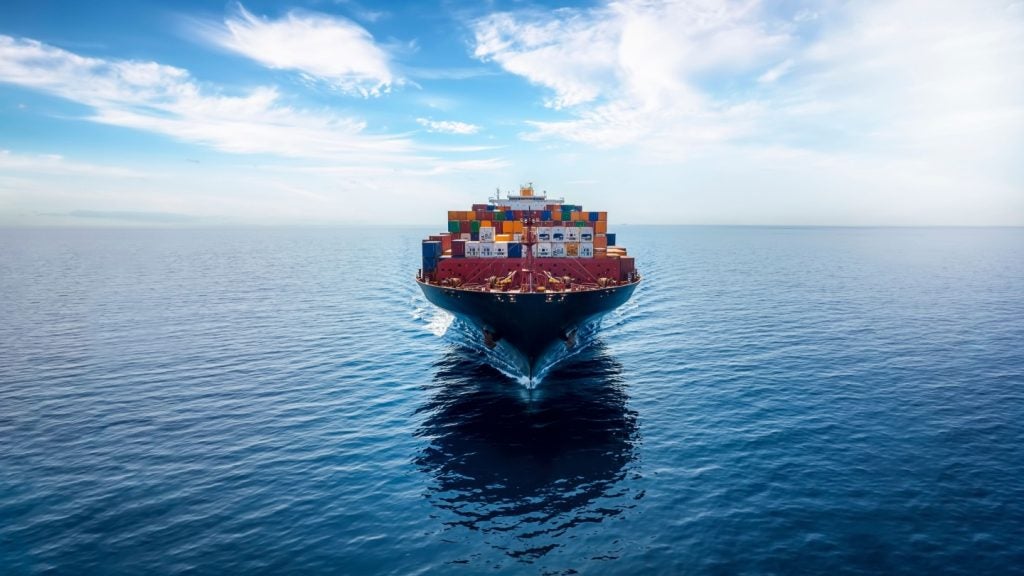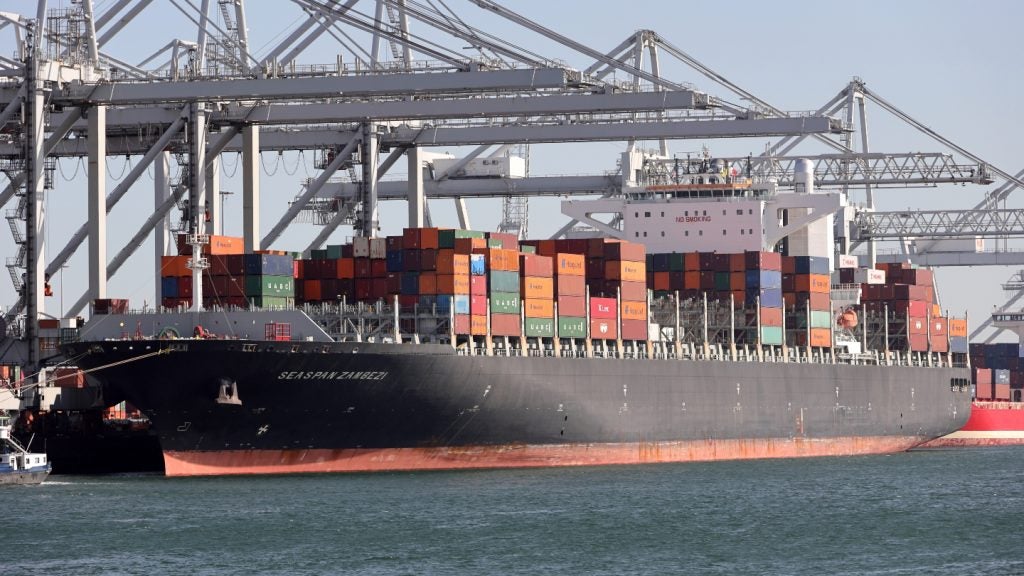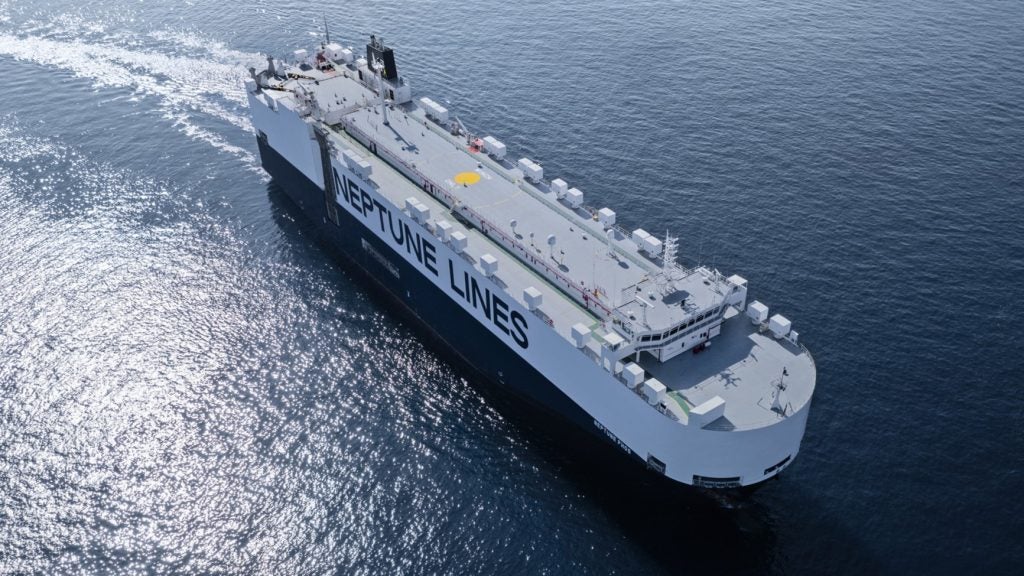
Stena Line’s battery-powered hybrid vessel named Stena Jutlandica has completed one month of operation between Gothenburg, Sweden, and Frederikshavn, Denmark.
The development represents the first step of converting Stena Jutlandica to electrical operation, which is expected to lower the use of diesel generators and manoeuvre and power the bow thrusters when the vessel is in port.
Data from the first month of operation showed that the use of battery power for reduced generator usage and manoeuvering in the port resulted in a reduction of nearly 500t of fuel and 1,500t of carbon dioxide (CO2), which is equivalent to the annual emissions of around 600 cars.
Technical solutions used in the first phase were developed by Stena Teknik in partnership with Callenberg Technology Group, with half of the funding for the project provided by Swedish Transport Administration and the European Union (EU).
Stena Jutlandica senior chief engineer Johan Stranne said: “As an example, we’ve been able to strongly reduce our use of the diesel generators and now only need to use one instead of three.
“Another positive effect concerns safety; by having constant access to electricity, we minimise the risk for power outages.”
How well do you really know your competitors?
Access the most comprehensive Company Profiles on the market, powered by GlobalData. Save hours of research. Gain competitive edge.

Thank you!
Your download email will arrive shortly
Not ready to buy yet? Download a free sample
We are confident about the unique quality of our Company Profiles. However, we want you to make the most beneficial decision for your business, so we offer a free sample that you can download by submitting the below form
By GlobalDataConversion of Stena Jutlandica is set to be carried out in three phases.
In the second phase, battery power will be connected to two of the four primary machines, allowing the vessel to operate on electrical power for approximately ten nautical miles inside the Gothenburg archipelago out to Vinga Lighthouse.
In the third phase, all the primary machines will be connected to the batteries to enable Stena Jutlandica to cover the distance of 50 nautical miles between Sweden and Denmark using only electrical power.
According to Stena Line, conducting the project in phases will help the company to test and evaluate while the project is underway.
Depending upon the success of the project, Stena Line intends to use battery to power other vessels of its fleet.
Stena Line has started working on the second phase of the project, which is expected to be implemented over a period of around three years.







